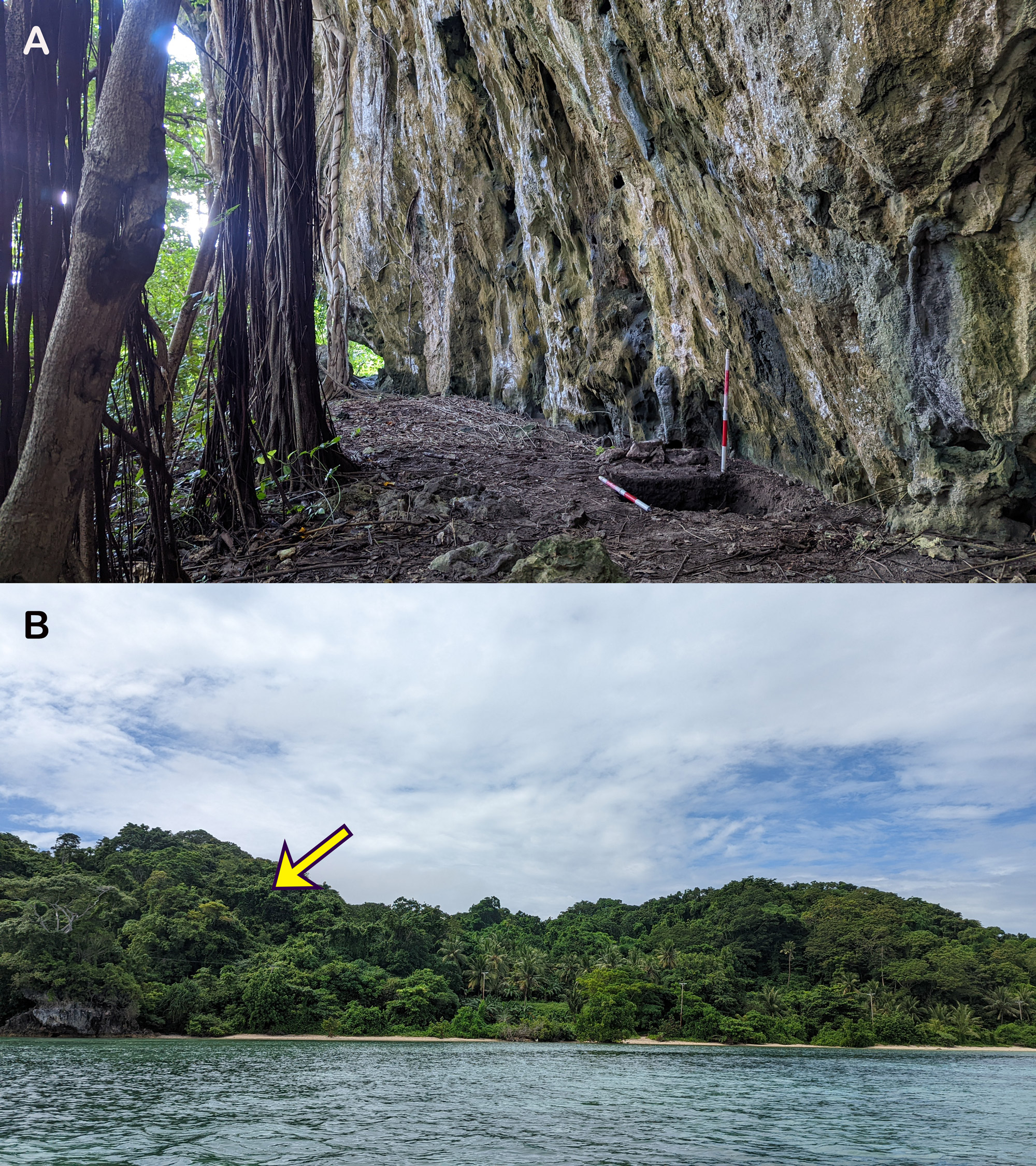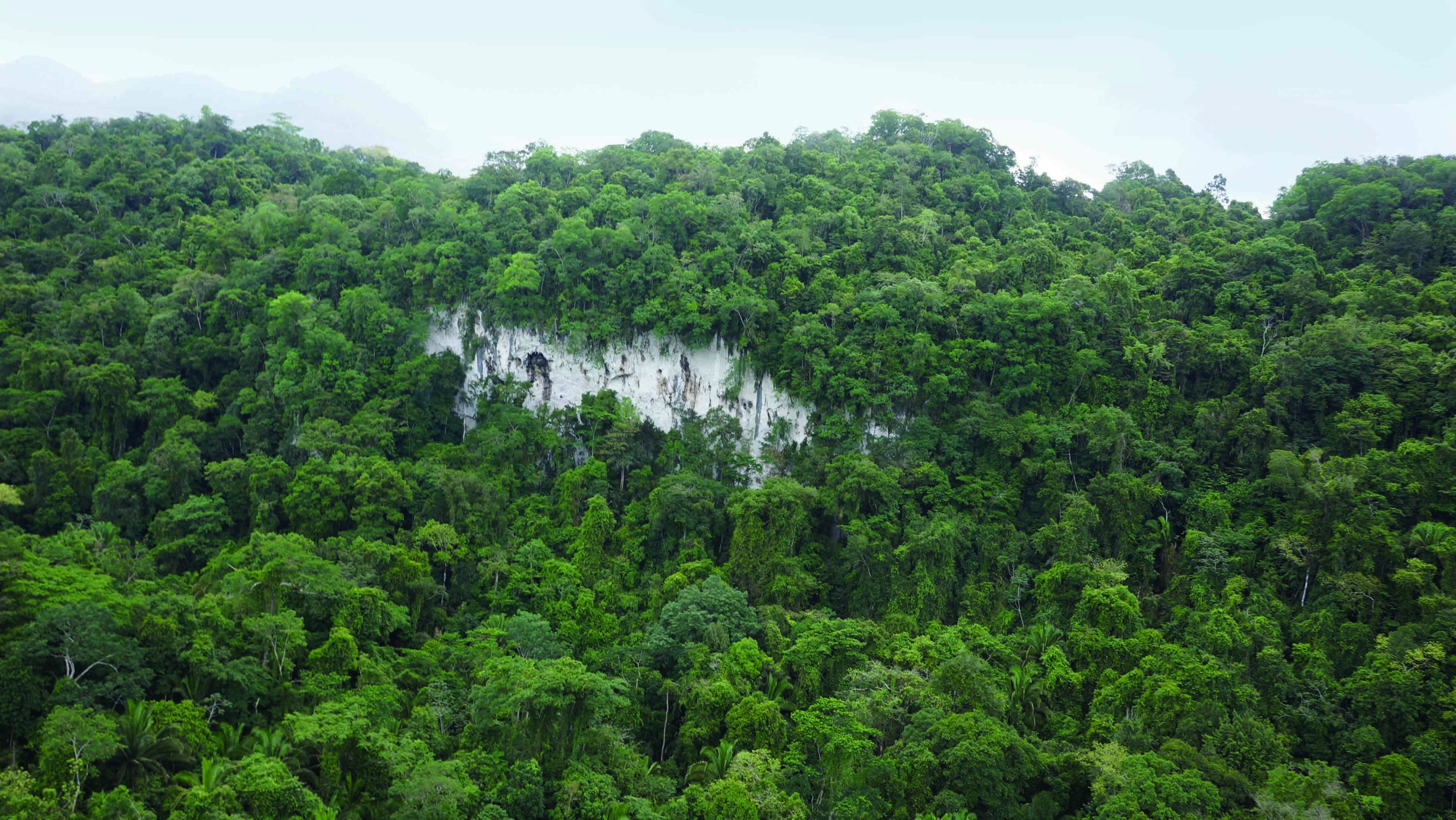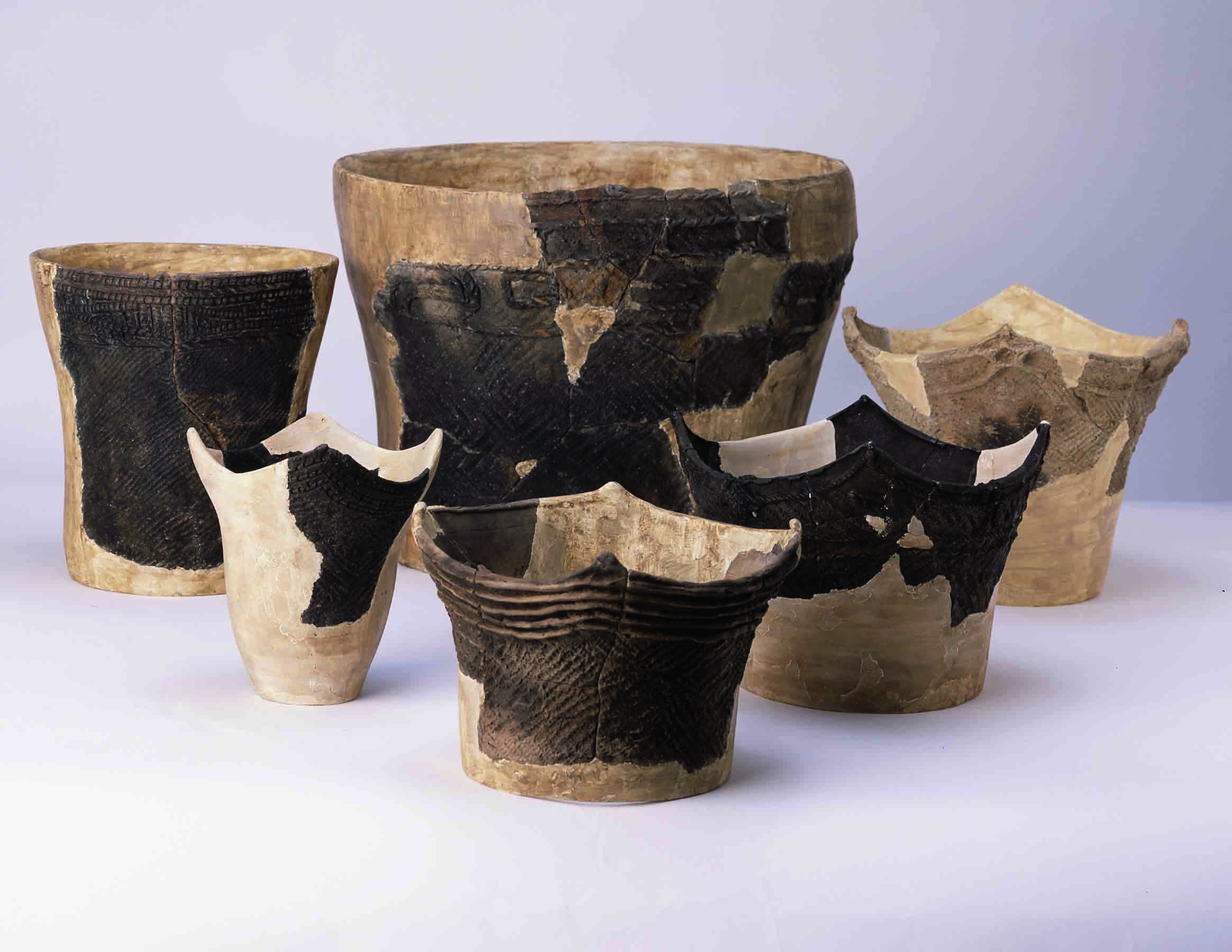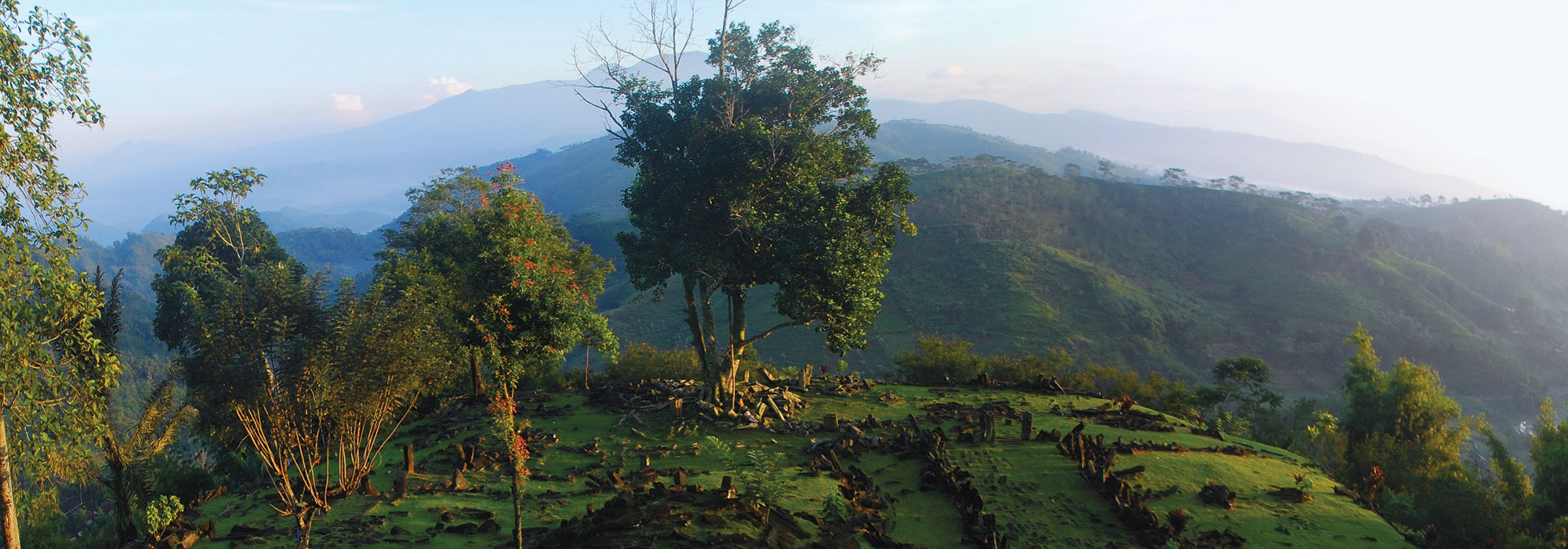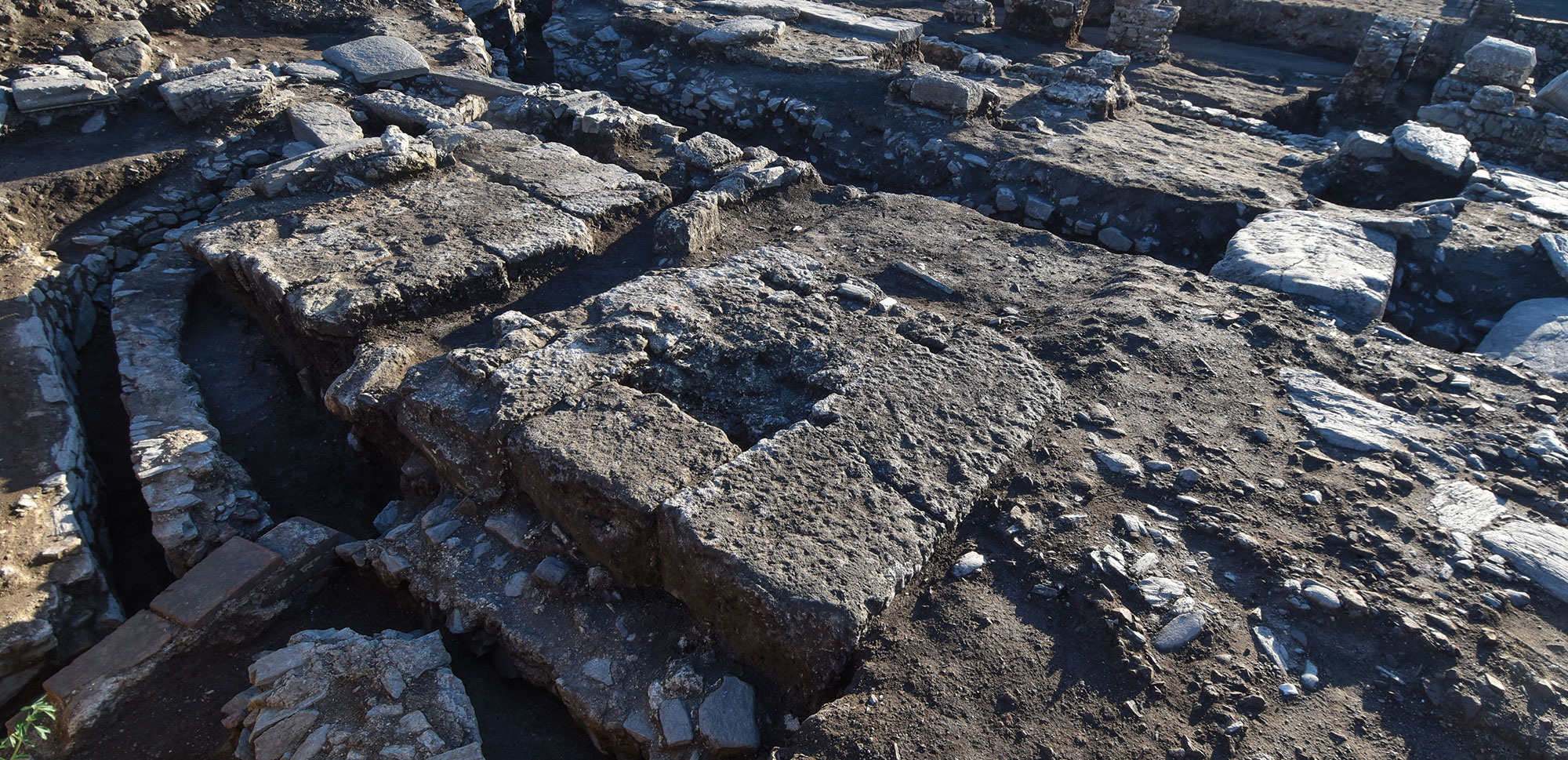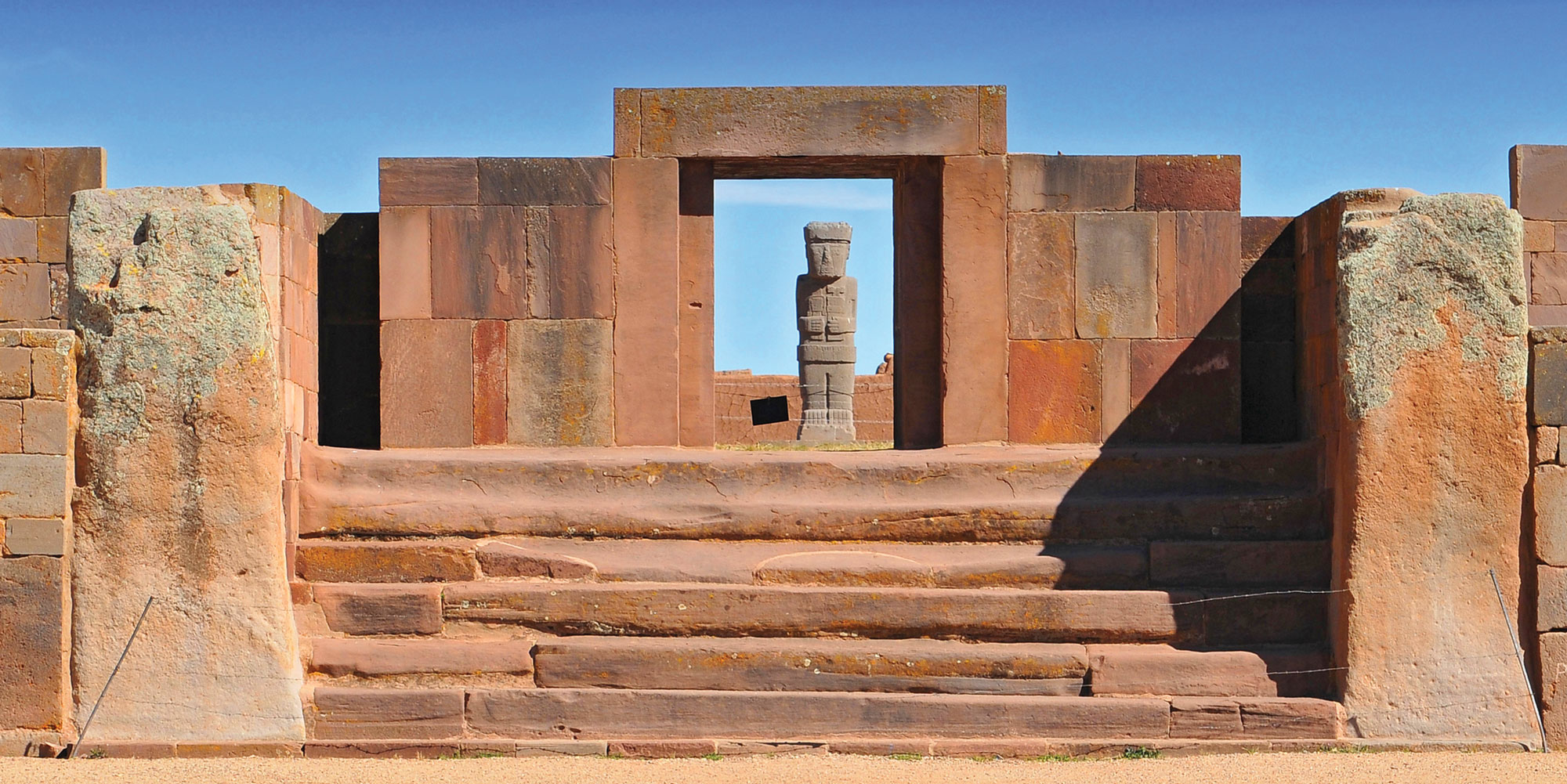
DARWIN, AUSTRALIA—Cosmos Magazine reports that 42,000-year-old evidence of human occupation has been identified at the site of Elivavan in southeast Indonesia’s Tanimbar Islands. “Along with tiny fragments of pottery we also found evidence of things like bones, shells, and sea urchins that point to the island’s role as a hub for early maritime activities,” said Hendri Kaharudin of Australian National University. Kaharudin and his colleagues suggest the site is situated along a possible southern route traveled by prehistoric migrants to the region of the paleocontinent known as Sahul, which includes what are now Papua New Guinea and Australia. “This island-hopping strategy facilitated cultural exchange and adaptation, shaping diverse societies across the land mass,” he added. “As more work is done in lesser-explored regions like the Tanimbar islands, I expect we’ll uncover more about early human life and migration patterns.” Read the original scholarly article about this research in Quaternary Science Reviews. For more on early settlement of the region, go to “Settling Southeast Asia.”




